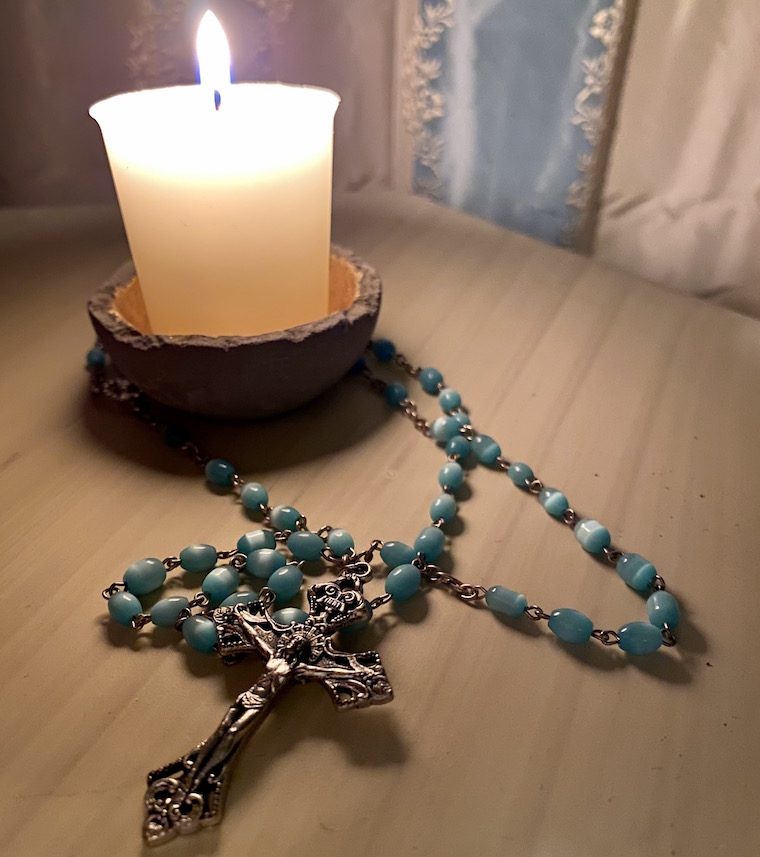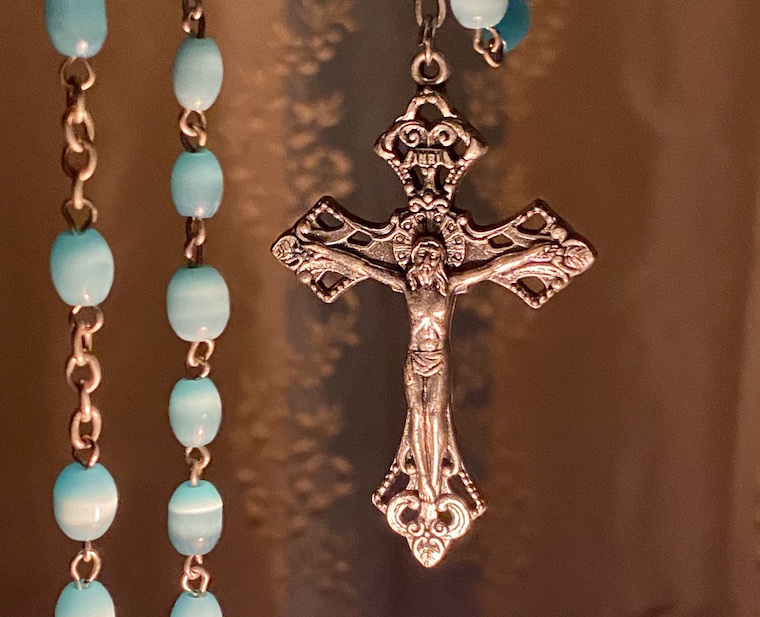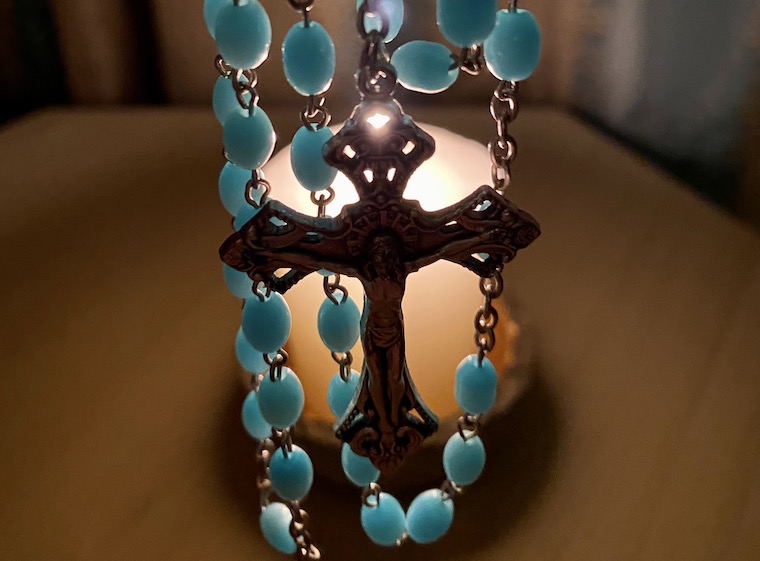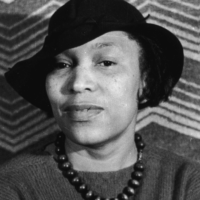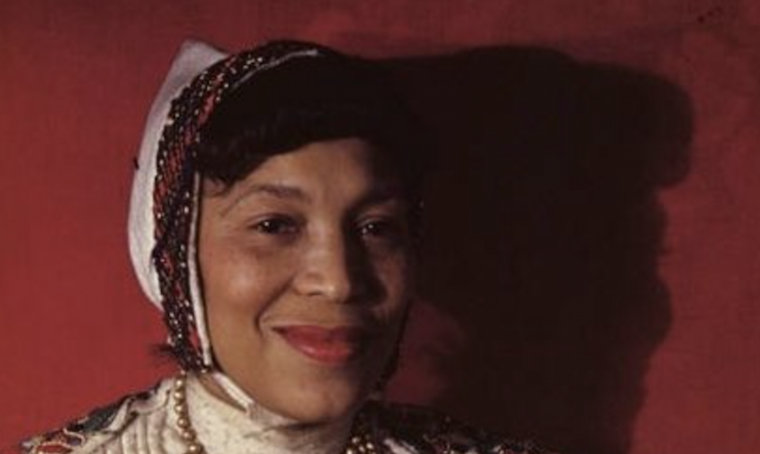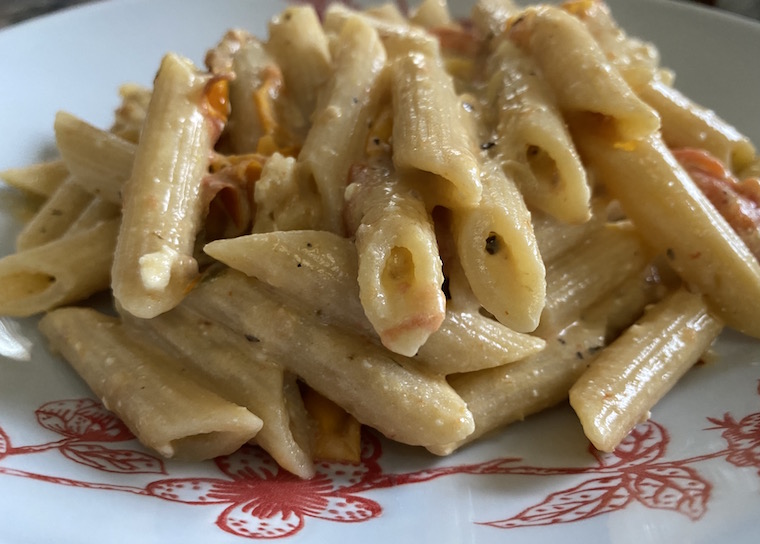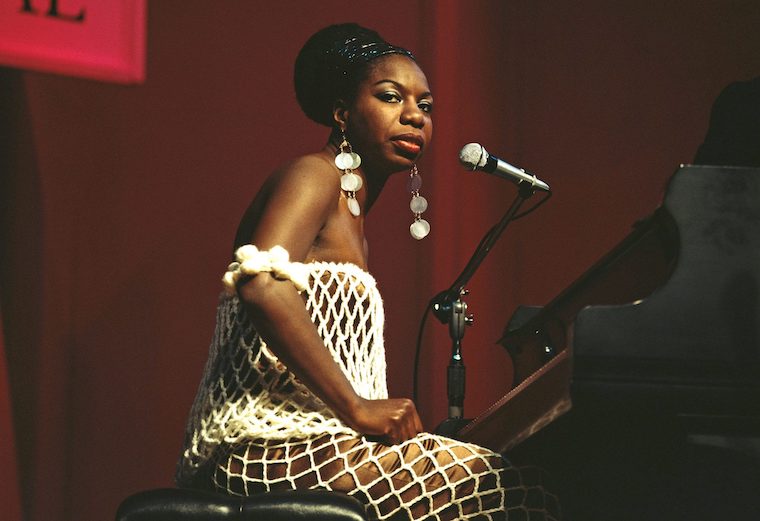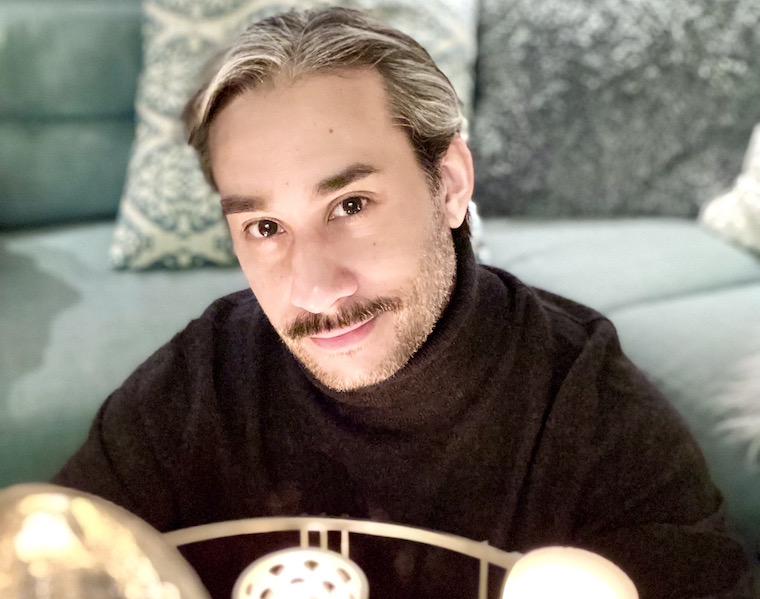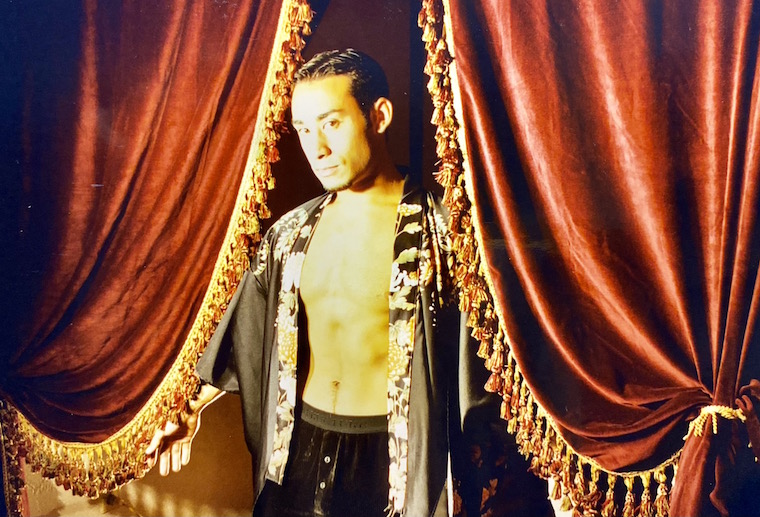Lent begins today, and thus the final trudge to spring ensues as well. This is the long Catholic haul – the more sinister sister of Advent that culminates with crucifixion and resurrection. Drama, drama, and more drama, and the mystery of rebirth cloaked in incense and prayer and mournful hymns.
The terror of performing as an altar boy for someone as socially anxious as myself was more traumatic than I could properly express, and so my dread and fear was kept mostly within. I didn’t want to disappoint God, and I didn’t want to disappoint my parents. The spiritual and the practical were both guilting me into doing something that set me decidedly off-balance and into a zone that was anything but comfortable. Rather than numb me to social situations where all eyes were on me, or accustom me to such a public performance, it instead seared a lifelong revulsion to all large gatherings. And so Lent carried a darker element than just the Jesus story.
It began in the dim evenings of winter, when we would shuffle into church for Ash Wednesday or the Stations of the Cross every Friday, and carried through our sacrifice of something fun or sweet or enjoyable during its 40-day duration (not counting Sundays). Such a long journey of drudgery, shrouded in the smoke of inscrutable incantations, made the last weeks of winter especially slow. The most haunting of the hymns was as disturbing as it was heartbreaking: the Stabat Mater, which came to embody this period of time.
As my brother and I carried candles past each station of the cross, the story of Mary about to lose her son Jesus seemed a sorrowful tale for any child to carry to bed every night, but such were the thoughts that followed me home, the ideas that populated my days, knocking on my heart and bothering my head. At the end was always the promise of the resurrection, the notion that no matter how bad we had been, Jesus would always be there, dying for our sins, suffering for our human failings, sacrificing himself and leaving his mother behind for the collective mistakes of humanity. It didn’t quite seem fair, and the lack of justice in all of it left me disconcerted, as upset by the torture of an innocent man as I was by having to parade around in robes that seemed to be a little longer than I was.
It sounds more upsetting now than it did then, and what kept my mind relatively unaffected by the drama was the promise of Easter – and candy and bunnies and colorful eggs – and the main celebration of Jesus rising from the dead. There was a lesson in all of it, something that felt more elusive than any sort of solid faith that made sense or was entirely believable. I couldn’t quite see what it was though, and I’m not sure I see it now. Faith is mysterious that way, in how it lends sustenance and power to some, and how it strips steadiness and sense from others.
Mostly I took my inspiration from the ultimate spirit of generosity and sacrifice that was inherent in the story of the end of Jesus’s life, even if I couldn’t quite grasp or understand it. That God would send his only Son just to die for all of us sinners struck me on some level as the ultimate travesty and tragedy. It always felt like those who most needed to model themselves on a martyr paid no heed or attention to the story, and those of us who were scared into believing didn’t have the room for any sort of peace or calm.
I spoke to God in my own way, in the rare moments when I wasn’t serving as an altar boy, kneeling in the pew or on my bedroom floor at night. It was a form of prayer that was absent from all those extra trappings of Catholicism, from the man-made bindings that too often strayed from the spiritual lessons at hand. And in that there was a comfort and protection that the church itself would never provide.


